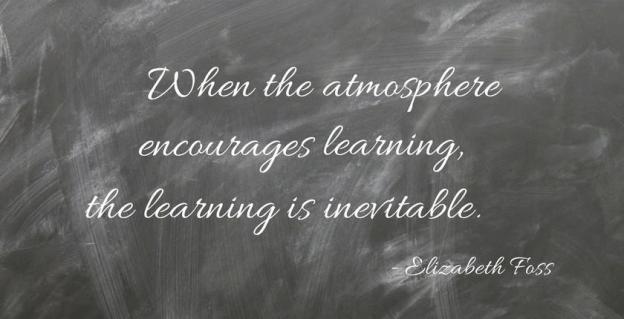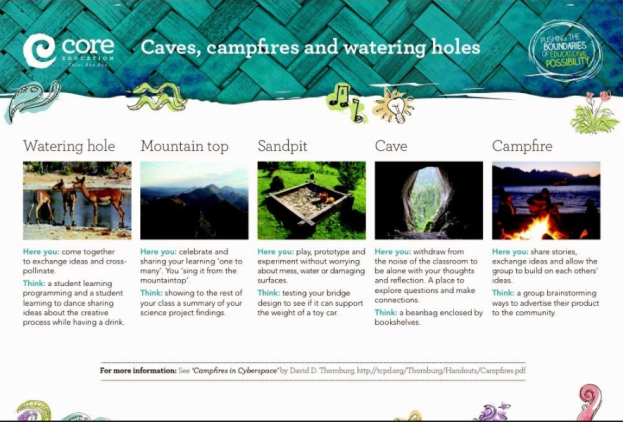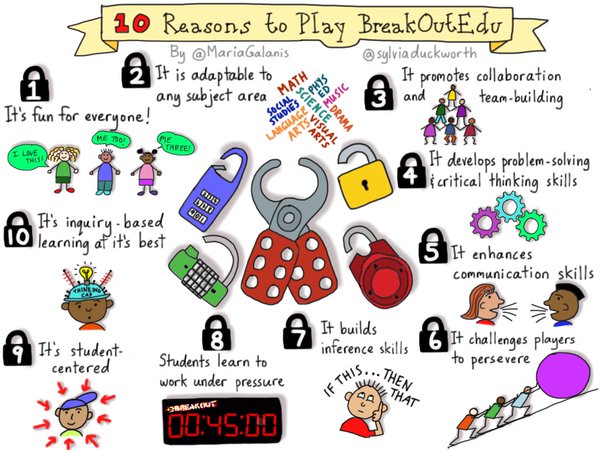
Recently I have been thinking a lot about flexible, innovative learning environments. As the world of work changes, along with the digitization of so many aspects of our day to day life, how are our educational environments also reflecting these shifting times?
I have been participating in the Learning Creative Learning MOOC through MIT looking at the book Lifelong Kindergarten by Mitch Resnick. This week we are focusing on the concept of “Peers” and the collaborative nature of learning. Being asked to consider a specific learning space and how this particular environment supports peer learning
furthers my own thinking around how deeply the design and culture of our learning or work environment drives our thinking and daily experiences.
Designing the Optimal Learning Environment
Today we see more and more innovative workspaces surfacing and the image of the office of the 21st century has shifted. Many companies are doing away with the traditional, rigid and compartmentalized office space of the of 20th century and moving towards more open, collaborative and multifunctional workspaces with hopes that these more open environments foster the teamwork, flexibility and creative thinking employers are looking for in their employees. “Hot desking” in which employees have no set workspace or desk and rotate or use spaces as needed is becoming more and more popular. Digital workspaces are also more prolific. More people work from home and have flexible hours. The importance of well-being at work and the large influence physical workspace has on it, has a strong correlation with developing a positive, effective work environment, employee productivity and performance. How have classrooms in our elementary schools and high schools emulated this same shift in thinking?
In my own school division, more and more teachers are moving away from traditional seating plans and moving to a flexible seating model in their classroom. Shifting from the more traditional model of compliance of the past, where a teacher tells a child where to sit and moving towards more flexible seating and diverse work spaces where students choose the learning space that works best for them, creates an opportunity to honour student voice & choice, encourage collaborative learning with peers and empower students as independent learners. Flexible seating environments vary and offer diverse options in the way of groupings and work spaces. Seating is often diverse (low seating, standing desks, soft spaces, traditional desks, Hoki stools, rockers, stools, carpeted areas etc.) moveable and gathered in small groups to encourage teamwork and collaboration. Teachers aim to create learning spaces that best provide for all types of learning and all types of learners.
The graphic below from Core Education in New Zealand, based on the article Campfires in Cyberspace by David D. Thornburg, encourages teachers to create the metaphoric environments outlined below to best support all different kinds of student learning in their classrooms or within the school as a whole. It is an interesting and valuable exercise to consider what each learning space might look like in our own classrooms, schools or work environments. Even more valuable is considering the impact environment and design has on teaching practice and pedagogy as well as on student learning, achievement and success. How does how we organize our classrooms impact how we structure learning for our students and vice versa; how can the choices we make around teaching and learning drive how we set up our learning environments?

For example a classroom setup with desks in rows facing the front lends itself towards a stand and deliver, lecture format in the of way of classroom instruction and would make it more difficult for students to work collaboratively. Setting up learning environments, while keeping the metaphors above in mind, would allow for all types of teaching and learning methods to take place including; mini-lessons, collaborative work, student creation, small group instruction, independent work, reflection, whole class discussions etc.
A Culture of Trust, Caring and Respect
Mitch Resnick suggests that in developing a positive learning environment we must also look beyond physical space to the essential component of fostering a culture or working/learning environment of trust, caring, and respect. He suggests it is through “collective action” and creating a community of learners who work in a “make it together place” that we can accomplish much more than we can on our own. When we emphasize the social side of learning, work as a team and truly collaborate; we are more likely to take risks, thereby pushing thinking and learning forward. When we feel truly “a part of something” and supported by our peers; true creativity and innovation can flourish.
I am lucky enough to work in a learning environment that is both innovative in its physical design but also in its exemplary supportive and collaborative culture . I have the pleasure of working alongside my officemates (Team 109) when I am not out working with teachers and students in schools. Our team truly exemplifies an environment of respect, caring and trust. We support each other unconditionally. We push each other’s comfort zones and encourage new ideas, new opportunities and new thinking. These are people I trust to always have my back, always tell it like it is and always work together as a team.
Our physical environment supports this collaborative learning model. Our work space includes a variety of areas including; standing desks, a variety of seating options and vertical non-permanent surfaces. We have a lego wall and creative space with numerous maker focused materials to help model innovative teaching and learning materials, while also inspiring creativity . We have a soft seating, “watering hole” type, collaborative area in which the chairs are on wheels for easy re-configuration. A large mounted TV monitor allows us to easily display shared presentations, documents, videos or other resources. We use Google Tools to share our workflow and collaborate constantly. When a teammate has to be away for a scheduled meeting we easily improvise with a Google Hangout and use the shared screen option. For Team 109, the physical environment is a constant work in progress and encourages our supportive, dynamic, collaborative team culture through the creative work we do together.
When considering the workplace as well as a classroom, both the physical design and the culture of our environment are hugely impactful in driving the learning, thinking and work that we do. Knowing this, we must be mindful and strategic in setting up the physical spaces we teach and work in, with intent. We also must ensure we set the stage for collaborative, empowering, valuable teamwork in order for a culture of respect, trust and caring to flourish.


